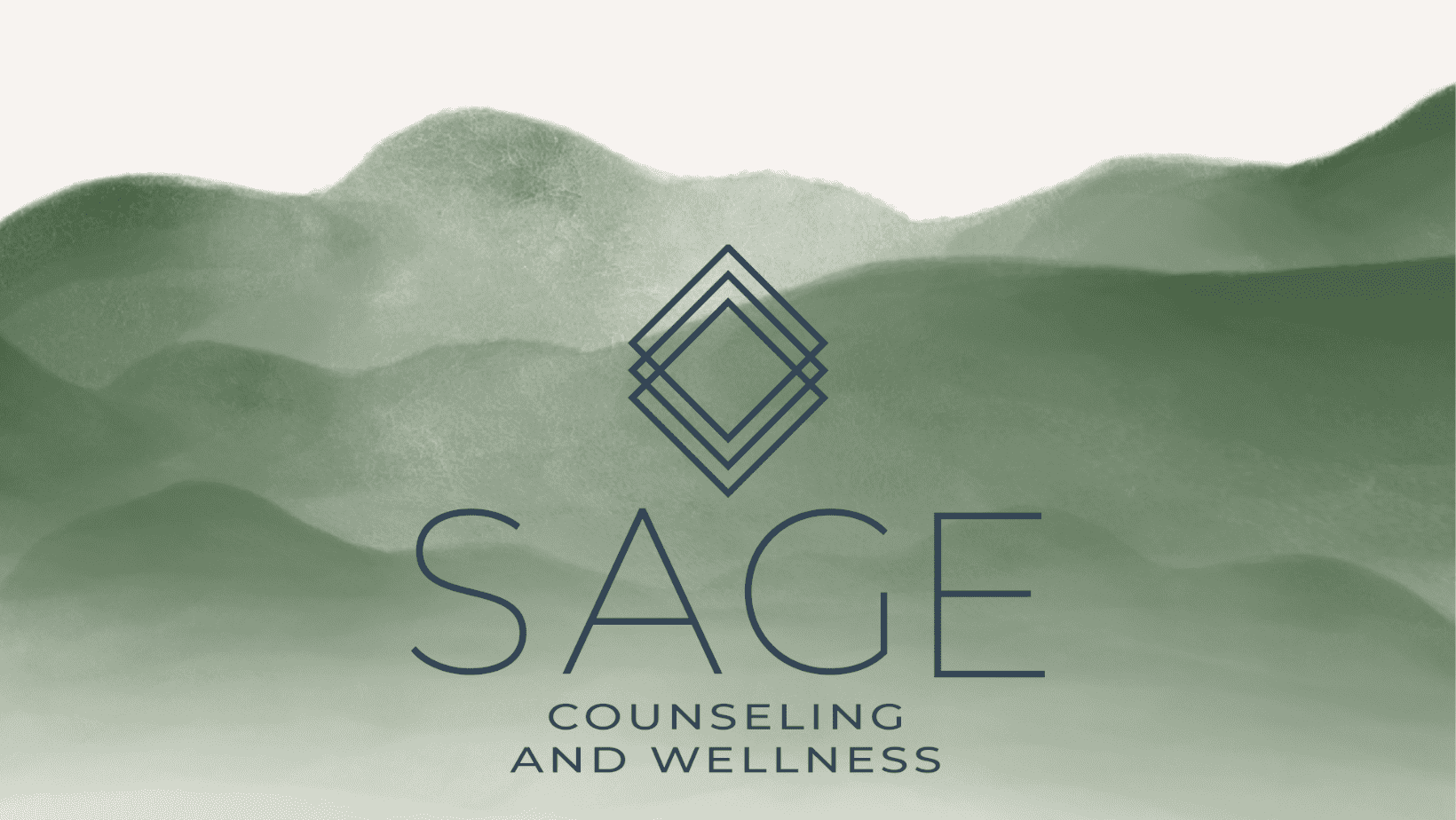
4 Ways To Practice Setting Boundaries
This post may contain affiliate links, which means we may receive a commission, at no extra cost to you, if you make a purchase through a link. Please see our full disclosure https://www.rachelbutlercounseling.com/disclosure-privacy-policy-terms-of-use/ for further information.
Do you or someone you know struggle with speaking up in uncomfortable situations or setting boundaries with others? Well, if you do, you’re not alone! Oftentimes, people struggle with saying the word “No” to others and the main reason for this is simply not knowing how to without it feeling uncomfortable, awkward, or like they’re being rude. Setting boundaries can be uncomfortable, sure, but why stay in a situation that is negatively affecting your well-being when you can speak up and change things?
Because boundaries are so personal to each individual, figuring out what you want your boundaries to be can be challenging. Remember, you are in charge of your own feelings and emotions, so the task of setting boundaries is completely up to you. Don’t let others’ opinions or lifestyles determine your boundaries! This article will help you learn how to identify your personal boundaries and teach you how to set them effectively. By practicing these techniques, you will become confident enough to set boundaries in a way that doesn’t bring you guilt or discomfort.
Researchers suggest in order to set healthy boundaries we must first understand the different types. Let’s identify them.
– Physical: Your personal space, your privacy, your body
– Sexual: Your expectations concerning intimacy
– Intellectual: Your thoughts and beliefs
– Emotional: Your feelings
– Financial: Your take on money compared to others
1. Figure out what you want.
In order to set clear boundaries, you need to be able to identify what exactly it is you want. It can be a challenge to set boundaries if you haven’t identified what the problem is and what boundary it is you want to set. As humans, we are very aware of our feelings and emotions in situations. We are all able to distinguish between a good feeling and an offsetting feeling. However, social influence from others or other factors can make you push these emotions down and not address them. It is important to reflect on these feelings and identify the root of what is making you feel uncomfortable. Then, reflect on ways that would make that situation less uncomfortable. For example, if you find that every time you spend time with a certain friend, you feel insecure and uneasy afterward, try to dissect what happens in the interactions with this friend that lead to these feelings. Perhaps your friend has been making small, but judgmental comments that are making you uncomfortable. Once you identify the issue, you can delve into how you will address it and what boundary you will set! Your goal is to be fully aware of your emotions and what you want in order to set proper boundaries.
2. Practice better communication.
Being in tune with your feelings and practicing good communication go hand-in-hand, and work together when setting boundaries. Sometimes, it may seem easier not to speak up about how you are feeling, but you have to consider that no changes will be made if problems are not expressed with clear communication. Speaking up for what you feel and what you believe in can make setting boundaries feel a little easier. With practice, you will become more aware of what you want, able to communicate it, and confident that you can establish those boundaries if future problems ever arise. Practicing better communication can establish more confidence which can make the process of setting certain boundaries more settling. Check out this book on our Amazon Storefront on tools for resolving broken promises, violated expectations, and bad behavior!
3. Let go of shame
When setting boundaries, sometimes it can feel as though we are being critical, rude, or overreacting towards a situation—especially when we are setting a boundary with someone we care about, like a family member or friend. Research suggests that these feelings are completely normal and that you should allow yourself to sit with this guilt, accept it, and do your best to let it go and move on. Practicing assertiveness is always daunting at first, but you will soon realize that the more you make your feelings and boundaries clear, the easier it will get. Be able to stand up for what you believe in and don’t second guess your decision! As long as you are addressing and setting boundaries with respect for the other person, they should understand and treat you with the same respect.
4. Be kinder to yourself
Recognizing and understanding you are entitled to your own emotions and feelings is a good practice for setting boundaries. Being kind to yourself means allowing yourself to feel every emotion without guilt. Attending counseling and talking with a therapist can really be beneficial in accepting yourself and your emotions. At Sage Counseling & Wellness we offer great services for how to be more assertive with setting Boundaries.
Becoming comfortable with setting boundaries may take some time, but speaking up for what you believe in can really help the process to not feel so uncomfortable. Keep these techniques in mind for the next time you may find yourself in a situation where boundaries need to be set. You are in control of your own feelings and emotions!
Here is a recommended book on how to express your ideas and stand up for yourself at work and in relationships!
To learn more about how we can work together, contact me. Or you can schedule your free 15-minute consultation call here.
Want to read more? Here are a few of my related blog posts you may be interested in checking out!




0 Comments